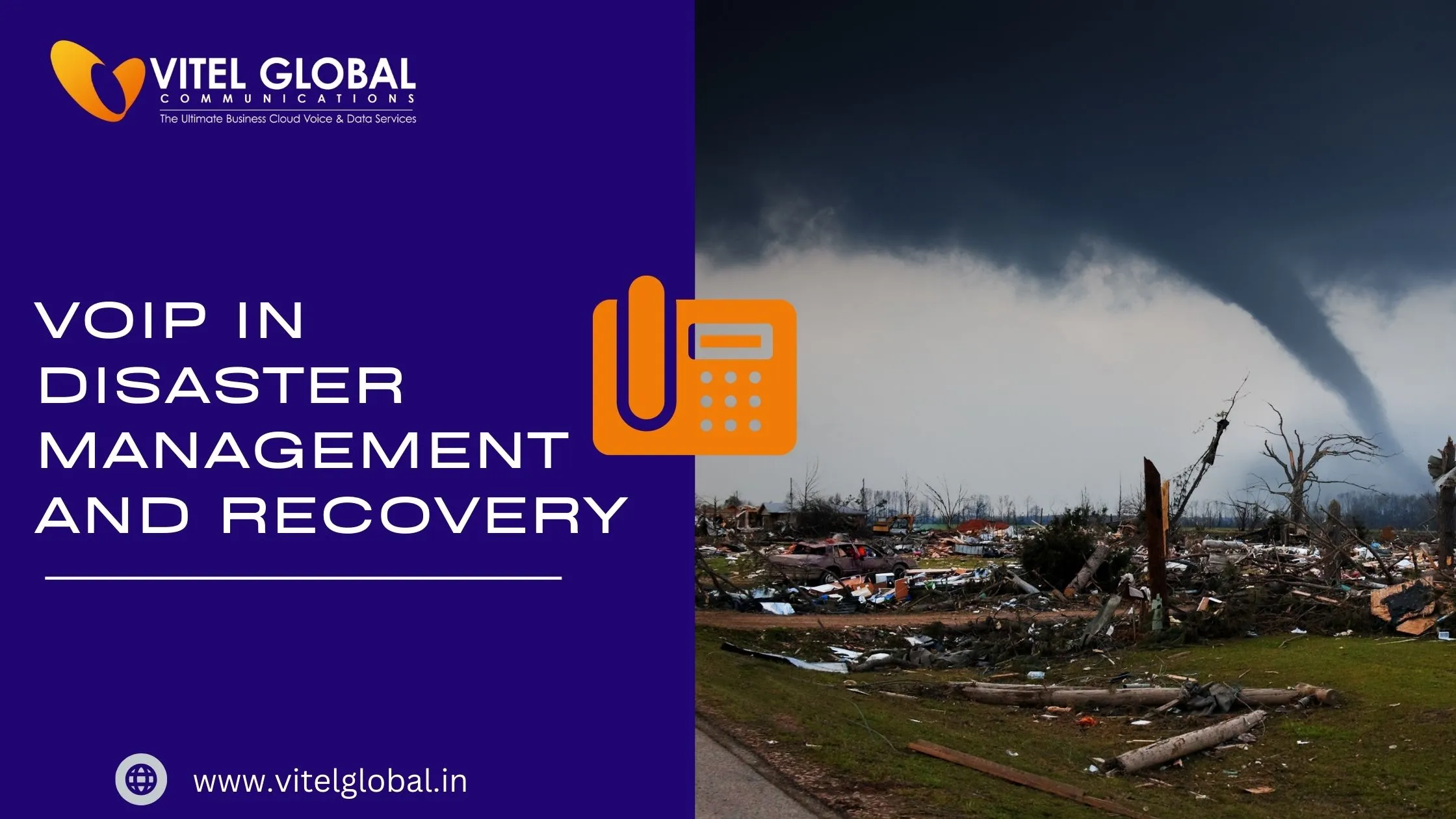Table of Contents
There is a goal for every company. Strategic decision-making includes the organization’s stated mission, vision, objectives, and other factors. These choices can alter the course of an organization, affecting its expansion, prosperity, and long-term success. It’s not just about choosing the best option; it’s about aligning actions with goals to ensure that every move contributes to fulfilling an excellent vision.
What Does Strategic Decision Making Entail?
The process of understanding how decisions interact with one another and how they affect the organization to gain an advantage is known as strategic decision-making. Making an improper decision at the incorrect time can have disastrous consequences. In other words, strategic thinking is most effective when it combines the right decision’s power with the right timing’s control.
Organizations must choose strategies that maximize short-term results while minimizing long-term risks to stay competitive and survive. Making strategic decisions reveals a company’s potential for the future and the options that can be used to achieve success. In the business world, data-driven and strategic plans are becoming increasingly popular.
The concepts of opportunity, threat, countervailing factors, and risk are all incorporated into the strategic choice-making process and the five fundamental decision-making steps. The method of making strategic decisions is what keeps your company alive. Making choices that support your company’s survival, expansion, and success is your duty as a business owner.
The Ripple Effect of Positivity: Transforming Employee Engagement
Understanding the Essential Role of Strategic Decision Making
In a world where decisions are made daily, strategic choice-making stands out as the compass guiding organizations toward their desired destinations. Routine decisions deal with immediate issues, whereas strategic choices concentrate on the big picture. These decisions determine how an organization will develop in the future. The following are some examples of why making strategic decisions is essential:
Identifying Clear Objectives and Goals
Tactic and operational decisions are subsets of business strategy. As a result, every small task completed within the company continues to be directed toward achieving the broad strategic objectives chosen by top management.
The best way to increase the likelihood of success is to define strategic goals that are specific, measurable, attainable, relevant, and timely. This strategy, also known as the SMART criteria, aids in providing focus and clarity to your decision-making.
Getting Useful Information and Data
Data is an invaluable resource for making strategic decisions in the digital age. Access to data-driven insights enables organizations to make wise decisions. Relevant data can be a game-changer in various situations, including market research, customer feedback, and industry trends.
Influential decision-makers follow a meticulous process for gathering and analyzing data. They use technology and tools to convert unprocessed data into valuable intelligence. They can foresee obstacles and opportunities because they completely understand the environment.
Increases Operational Efficiency
Making strategic decisions provides the company with a clear direction. Tactics influence decision-making, strategic planning, and operational levels. It outlines the company’s objectives and offers the resources required to make them a reality.
Realizing goals is not only made more accessible but also more efficient when the budgetary needs for various departments, activities, and people are specified. It ensures every player has the resources and tools to complete their assigned tasks, even at the lowest levels.
Aligning Decisions with Goals
A strategic decision holds value only when it aligns with established goals. This goal alignment serves as the link between intention and action. It ensures that every step taken contributes to fulfilling the overarching vision.
This alignment depends heavily on key performance indicators (KPIs). Companies establish specific metrics to monitor their progress toward their objectives. KPIs offer a practical means of tracking alignment and, if necessary, altering course, whether the goal is revenue growth, market share, or customer satisfaction.
Measuring the Impact of Strategic Decisions
Choosing an option is only the beginning of the strategic planning process. It also includes calculating the effect of that choice. Organizations must continuously evaluate their results to determine whether they are getting closer to their goals.
In this stage, metrics and indicators serve as the compass. Organizations can improve their strategies, make necessary adjustments, and build on successes by tracking progress and evaluating results. This iterative approach ensures that decisions remain aligned with evolving goals.
What are the Common Challenges and How to Overcome Them?
Making strategic decisions has many advantages, but there are also drawbacks. Uncertainty, resistance to change, and changes in the external market are typical obstacles. Adapting and being flexible when making decisions are necessary to overcome these obstacles.
Scenario planning is a valuable approach where organizations anticipate various future situations and prepare for each one. By considering potential outcomes, they can make more resilient decisions that support their objectives, regardless of the situation.
What is the Process for Strategic Decision Making?
It typically entails several crucial steps, including:
- Define the Issue or Opportunity: Clearly state the choice and the outcome you hope to achieve. To keep the decision-making process on track in this situation, clearly defining the opportunity or problem is essential. Gathering the data and analyzing it.
- Gather and Analyze Data: To help with decision-making, gather and assess pertinent data, including market trends, competitor analysis, and organizational capabilities. Providing data on market trends, competitor analysis, and organizational capabilities aids in the decision-making process.
- Generate and Evaluate Options: Consider various solutions to the issue or opportunity by developing and evaluating alternatives. It enables the creation and evaluation of numerous feasible solutions to the problem or opportunity.
- Select the Ideal Choice: The approach with the best chance of realizing the objective fits the organization’s overarching plan. When determining the best course of action, the solution must be chosen to accomplish the goal and work with the organization’s overall strategy.
- Implement the Choice and Keep an Eye on It: Implement the chosen solution and scale its effectiveness over time. It entails implementing the selected resolution and monitoring its efficacy over time to ensure it produces the desired results.
How Can We Make More Strategic Decisions?
A methodical and careful approach is required to make more strategic decisions. Here are some critical actions managers can take to enhance their capacity for strategic decision-making:
- Establish an Exact Framework for Decision-Making: It will facilitate consistent and effective decisions. Some examples of this are determining the standards for decision-making, identifying the parties that must participate, and setting a deadline for decision-making.
- Collect Data and Information Related to the Decision: Gather Data and Information Related to the Decision at Hand. It might include market analysis, financial information, client feedback, and market trends.
- Engage with Stakeholders: Engage relevant stakeholders in conversation to obtain their input and guarantee buy-in. Consider their needs and preferences while attending to their concerns.
- Consider Multiple Options: Managers should weigh various options before making a choice. It makes it easier to choose the best option and recognize and deal with unintended consequences.
- Establish definite Action Plans: Create a thorough strategy for choosing. Establish roles, deadlines, responsibilities, and key performance indicators (KPIs) to measure success.
- Monitor and Measure: Constantly use KPIs and metrics to track the effects of your decisions. Depending on the outcome, modify your strategy as necessary.
- Learn from Feedback: Gather feedback from the decision’s implementation and results to learn from them. Make use of this criticism to improve your decision-making in the future.
- Constantly Monitor and Assess Decisions: After a choice has been made, managers should watch it, evaluate its success, and adjust as necessary.
- Make decisions with a long-term perspective: Managers should make decisions with a long-term view, considering the potential effects on the organization of a particular choice.
What Resources Do Organizations Utilize to Aid in Strategic Decision-Making?
Strategic leadership is necessary for every organization. These choices for an organization’s future are based on its vision, mission, and goals, which serve as its compass. Decisions that impact the organization’s future frequently start with top-down decisions. However, there are instances in which decisions must be made from the ground up by the people who will determine the direction of a specific organization.
Next-Generation Communication: Exploring Cloud Telephony in India
Conclusion
In conclusion, the foundation of successful organizations is strategic decision-making. It makes sure that every decision is made with the achievement of long-term goals in mind and that every action has a purpose. Businesses can confidently and purposefully navigate the complex decision-making background by setting clear goals, collecting data, evaluating alternatives, aligning decisions, measuring impact, and navigating challenges through resilient leadership. In an ever-changing world, the ability to align actions with goals through making choices strategically is a powerful tool for sustained growth and prosperity.







